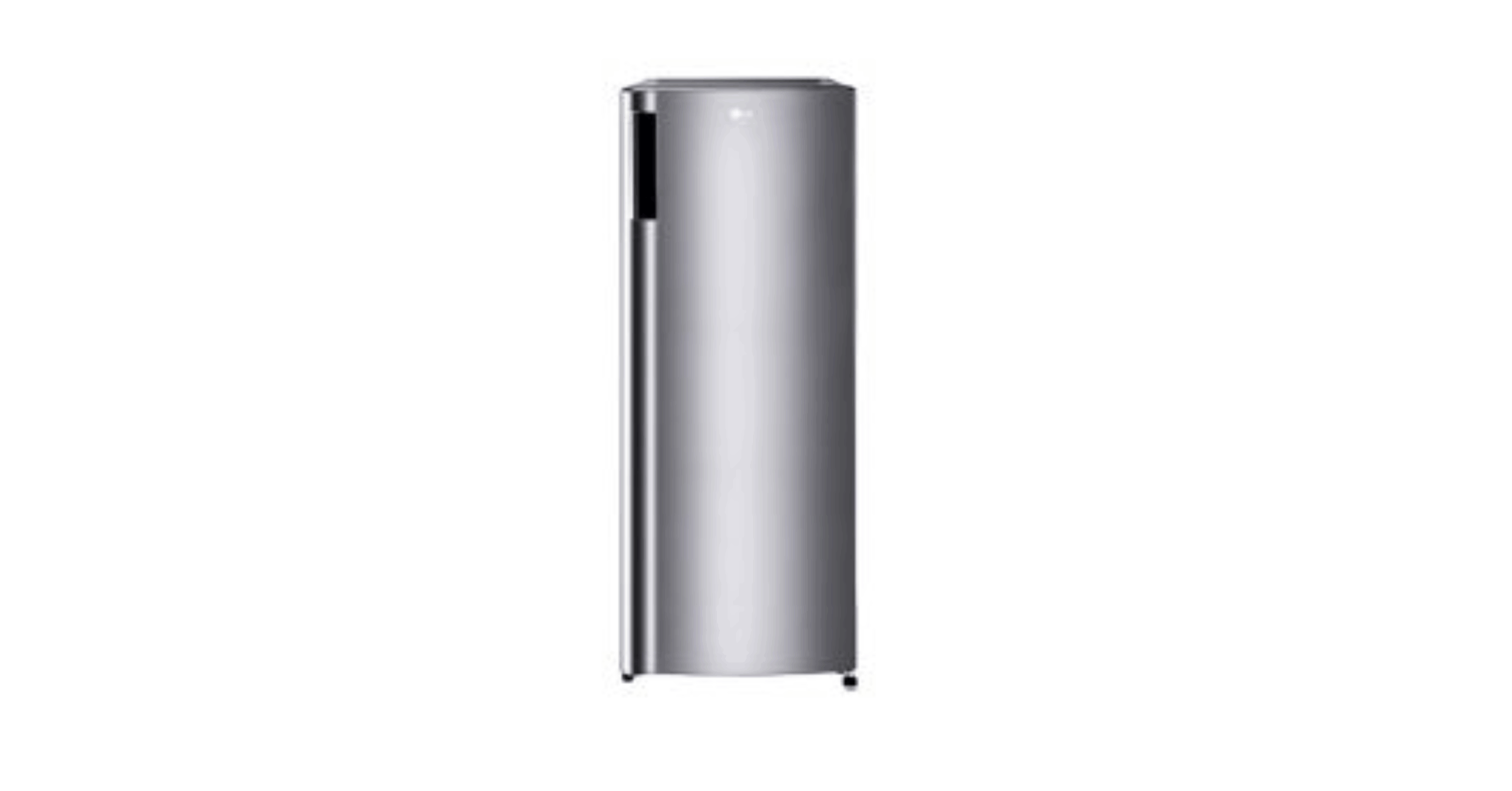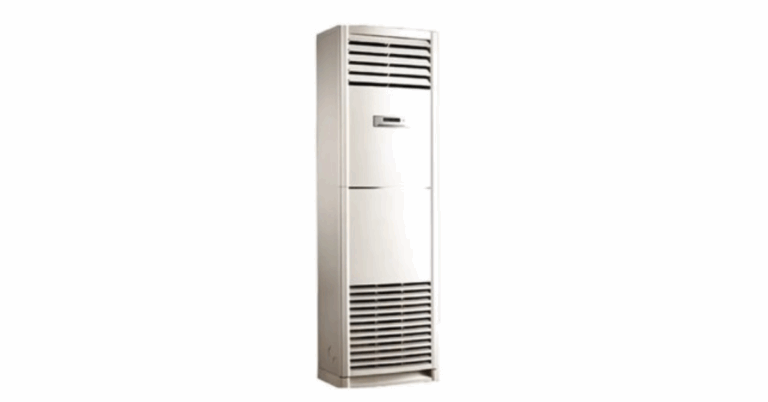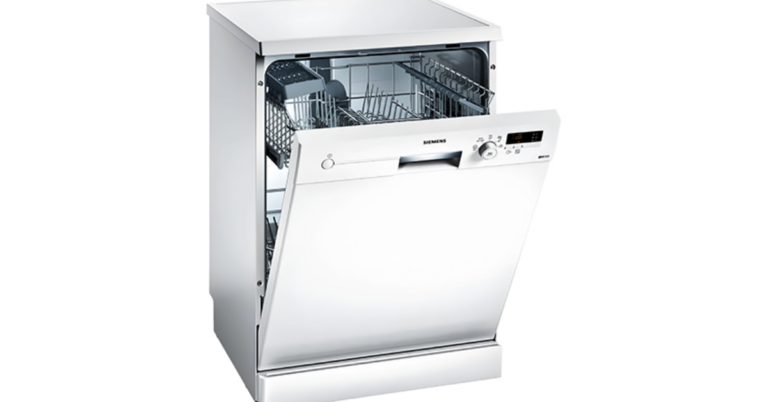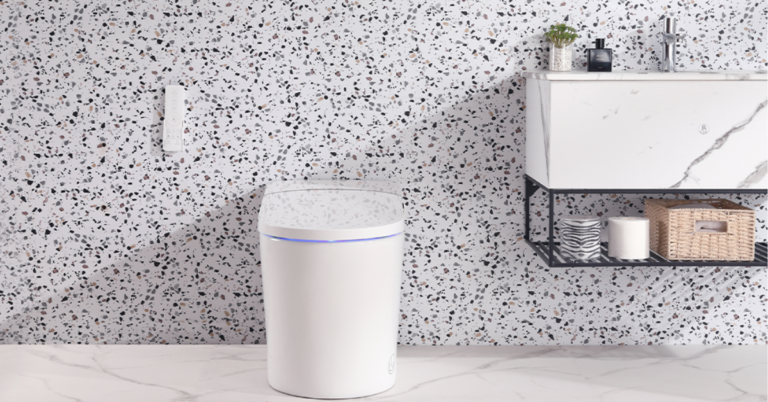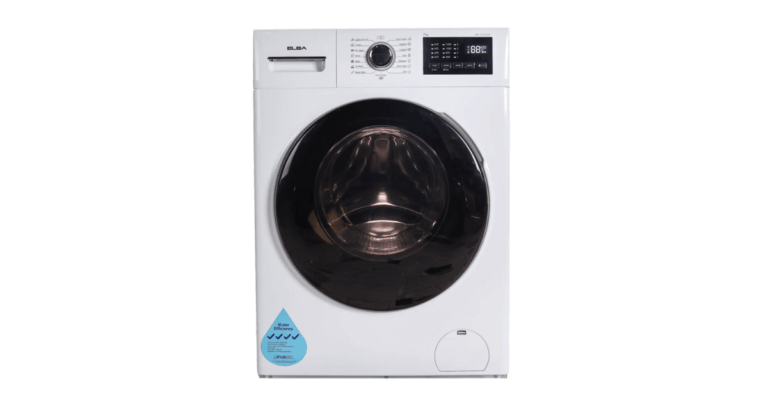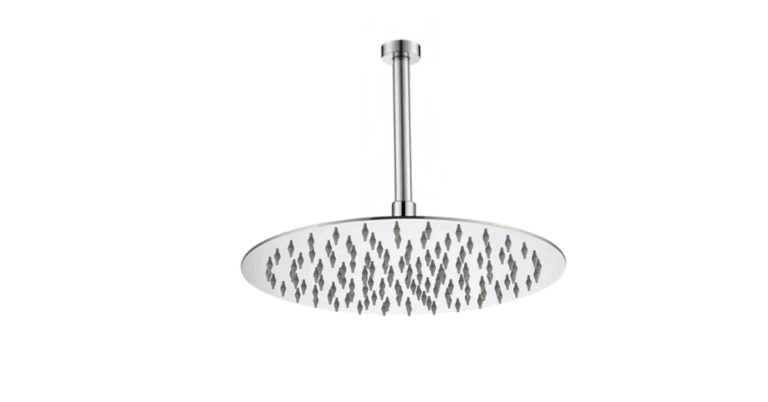Cruise Ship Upright Freezer: Ensuring Cold-Chain Reliability on the High Seas
In the demanding environment of maritime operations, a Cruise Ship Upright Freezer isn’t merely a convenience it is a vital component of onboard logistics, food safety, and supply chain integrity. These upright freezers are engineered specifically for use on luxury liners, expedition cruises, and passenger vessels, where space is limited, ambient temperatures vary, and reliability is non-negotiable. Properly selected and installed, they preserve perishables, support galley operations, and ensure guest satisfaction by maintaining consistent low temperatures under challenging motion, vibration, and humidity conditions.
Why Upright Freezers Are Essential on Cruise Ships
1. Space Efficiency in Tight Quarters
Cruise ships operate under extreme space constraints. Every cubic meter counts, whether in galleys, pantries, medical stores, or provisioning areas. Upright freezers make optimal use of vertical space, fitting neatly into narrow corridors and compact cold-storage rooms, which optimizes layout and reduces wasted floor area.
2. Reliable Cold Storage for High-Value Consumables
From premium meats and seafood to frozen desserts, ice cream, and temperature-sensitive ingredients, cruise ships must maintain cold-chain integrity. A failure in freezer performance can lead to spoilage, operational losses, and even health risks for guests and crew. Upright freezers built for marine settings are robust, maintain uniform temperatures, and tolerate fluctuation in ambient conditions.
3. Designed for Marine Stressors
Unlike land-based freezers, a cruise ship upright freezer must endure constant vibration, inclining and rolling motion, corrosive salt-laden air, variable humidity, and sometimes power fluctuations. Specialized marine upright freezers use reinforced structures, vibration-dampening components, sealing systems, and corrosion-resistant materials to cope with this environment.
4. Energy Efficiency and Operational Economics
Fuel costs are a significant concern at sea, so every energy-saving measure matters. High-quality upright freezers use advanced compressors, optimized insulation, and adaptive control systems to reduce power draw without compromising performance. Lower energy consumption means less strain on the ship’s generators and lower operational expenses.
5. Safety, Humidity, and Hygiene
Any freezer aboard a cruise vessel must meet stringent sanitation and safety standards, especially in food handling zones. Proper airflow management, door-seals suited for humid environments, and frost-control systems help maintain hygienic operations, prevent condensation, and preserve food safety.
Key Design Features of Cruise Ship Upright Freezers
Structural Integrity & Anti-Corrosion Design
Marine-grade upright freezers use stainless steel or other corrosion-resistant materials, reinforced panels, robust hinges, and latching systems to keep doors flush and sealed during ship movement. Anti-vibration mounts and shock absorbers are often integrated to protect internal components during rough seas.
Advanced Refrigeration Systems
These freezers usually employ inverter or variable-speed compressors to adapt cooling output to load demands, reducing energy waste. Redundant systems or back-up compressors may be included for fail-safe operation. The refrigeration circuits are designed to maintain consistent low temperatures even when ambient conditions change rapidly.
Thermal Insulation
High-performance insulation is critical. Closed-cell polyurethane or other marine-rated insulation materials help maintain sub-zero temperatures with minimal heat intrusion, even in tropical or warm climates.
Temperature Control & Monitoring
Digital controllers with precision sensing, alarms, and remote monitoring are standard, allowing crew to track freezer health and detect deviations early. Some systems may include remote telemetry or integration into the ship’s central monitoring network.
Interior Layout & Storage Configuration
Shelving, drawers, and bins are modular to allow flexibility in storing different product types. Airflow design ensures even cooling and avoids “hot spots.” Door designs (solid or glass) balance access convenience and thermal efficiency depending on location.
Door Seals, Gaskets & Locking
Door sealing systems must remain effective under motion and temperature swings. Gaskets are often reinforced or double-lipped. Locking mechanisms and door retention systems (such as latch rails) prevent doors from swinging open unexpectedly.
Serviceability & Parts Access
Marine engineers require access for maintenance, cleaning, and repairs. Good designs allow easy removal of panels, compressors, and control modules without extensive dismantling of surrounding ship structures.
Applications & Deployment Areas Onboard
-
Galley & Catering: Freezers here store bulk ingredients, frozen desserts, and backup supplies required for thousands of meals daily.
-
Pantries & Service Stations: Smaller upright freezers supply local crew or guest use stations for frozen foods, gelatos, or ice cream.
-
Remote or Specialty Kitchens: Specialty outlets onboard (e.g. steakhouse or sushi bar) may require dedicated freezers for premium ingredients.
-
Medical & Laboratory Areas: Certain medical supplies or biological samples might require ultra-low freezing capabilities.
-
Back-of-House Storage: Stores or provisioning areas house reserves of frozen goods until needed in the galley.
Selection Considerations for Cruise Ship Upright Freezers
Choosing the right upright freezer for a cruise ship requires balancing multiple technical, operational, and environmental factors. Below are the major considerations:
Capacity Versus Footprint
Calculate required capacity based on peak passenger load, menu planning, and provisioning intervals. Then select a unit whose footprint fits the available space while providing the capacity and performance margin.
Ambient Conditions & Climate Zones
The location of installation—tropics, arctic, or temperate seas—affects cooling load and insulation needs. Units may need to perform under consistent high ambient temperatures or repeated transitions between hot and cold zones.
Power Compatibility
Ensure the freezer’s voltage, phase, and frequency settings match the vessel’s power systems. Many marine upright freezers support a range of voltages or are configurable for 50/60 Hz, single or three-phase operation.
Cooling Redundancy
Critical areas may demand redundant compressor systems or failover modes to ensure uninterrupted operation in case of component failure.
Insulation Grade
High-performance insulation is crucial for long-term cold maintenance with minimal energy draw, especially when vessels dock in warm climates.
Monitoring & Alarm Systems
Controllers that integrate with the ship’s central monitoring system provide real-time diagnostics, temperature logging, alarm alerts, and preventive maintenance scheduling.
Maintenance, Spare Parts & Vendor Support
Choose a brand and model supported in your ship’s operating regions (for spare parts logistics). Also, consider ease of service, local technical support, and compatibility with existing refrigeration systems.
Compliance & Standards
Upright freezers must meet food-safety, health, and marine codes/regulations. Insulation materials, refrigerants, electrical safety, and noise/emission levels should comply with maritime standards.
Operational Best Practices & Maintenance
To maximize uptime and maintain performance, cruise ships must adopt disciplined operational practices and scheduled maintenance protocols for upright freezers:
-
Regular Defrosting & Frost Control: Even in marine-grade designs, periodic defrosting prevents buildup that reduces cooling efficiency.
-
Gasket & Seal Inspection: Seals must be clean and undamaged to maintain vacuum between doors and cabinet.
-
Cooling Coil Cleaning: Salt, dust, and debris can accumulate on coils, reducing heat transfer efficacy.
-
Compressor Monitoring: Track compressor load, current draw, and vibration levels to detect early anomalies.
-
Temperature Logging & Validation: Maintain logs for HACCP compliance and quality audits.
-
Ventilation & Clearance: Ensure external ventilation paths remain unblocked to allow heat dissipation.
-
Emergency Preparedness: Crew should be trained in temporary alternative cooling methods or emergency procedures in case of freezer failure.
-
Spare Part Inventory: Stock essential parts such as thermostats, fan motors, gaskets, defrost heaters, and compressor components to reduce downtime during at-sea repairs.
Challenges & Future Trends
Challenges
-
Corrosion & Salt Exposure: Even stainless steel may degrade without protective coatings in salty breezes.
-
Dynamic Loads: Varying usage and opening/closing patterns can lead to thermal stress.
-
Power Constraints: Onboard power is limited; refrigeration loads must be balanced with other ship systems.
-
Component Reliability: Harsh conditions accelerate wear; reliability is paramount.
-
Integration with Ship Systems: Seamless monitoring and control across diverse refrigeration assets is complex.
Emerging Trends
-
Smart Freezers with IoT Integration: Remote analytics, predictive maintenance, and automated alerts reduce downtime.
-
Next-Generation Refrigerants: Environmentally friendly, low-GWP refrigerants compatible with marine regulations.
-
Better Energy Recovery: Systems that reclaim waste heat or integrate with vessel HVAC to enhance energy efficiency.
-
Modular & Scalable Designs: Freezers that can be reconfigured or scaled for changing ship capacities or retrofits.
-
Advanced Insulation Materials: New materials with higher thermal performance and lower thickness, improving internal volume.
Conclusion
A Cruise Ship Upright Freezer is far more than a standard cold chest—it is a finely engineered system, deeply integrated into the food supply chain, safety systems, and operational backbone of modern passenger ships. When properly specified, installed, and maintained, it ensures that perishable goods reach guests in pristine condition, supporting the high standards expected on today’s cruise vessels.
By accounting for space constraints, marine stressors, energy efficiency, monitoring systems, and serviceability, ship operators can ensure robust, reliable frozen storage for their fleet. As the industry advances, innovations in materials, smart controls, and energy technologies will continue to raise the bar, making upright freezers an even more critical pillar in maritime hospitality and logistics.

